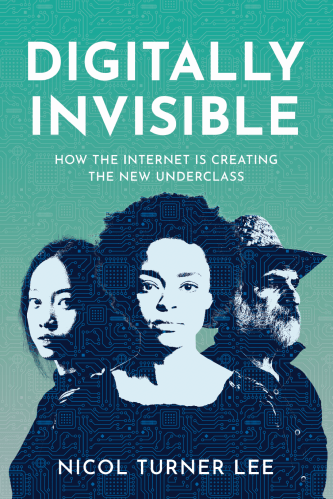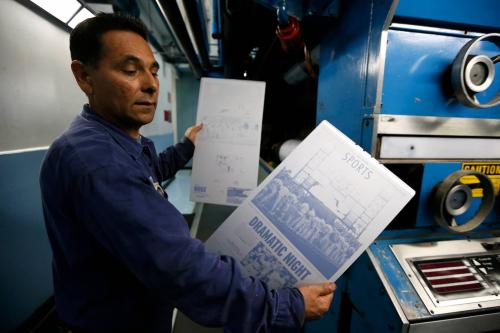Like every major technological revolution, from the printing press to radio and television, the Internet revolution’s impact on society has been greeted with pessimism by some and optimism by others. Nowhere is this more true than in journalism and media.
But what exactly has changed in news media as the communications landscape has shifted into the digital age? This paper from Brookings Senior Fellow Elaine Kamarck and Senior Research Assistant Ashley Gabriele tackles that question, providing an overview of the media ecosystem, and examining—in listicle form—seven trends that illustrate how the news functions today.
As Kamarck and Gabriele write, the health of the “fourth branch of government” (as it has been called) is critical to the future of democracy. For that reason, the authors strive to present a picture of the old and the new in journalism, and to provide a framework for others to utilize in examining how changes in media might impact the future of democratic governance.
The following are seven essential truths about the news today that Kamarck and Gabriele explore in detail:
- Print newspapers are dinosaurs
- Hard news is in danger
- Television is still important
- And so is radio
- News is now digital
- Social media allows news (and “news”) to go viral
- For the younger generation, news is delivered through comedy










